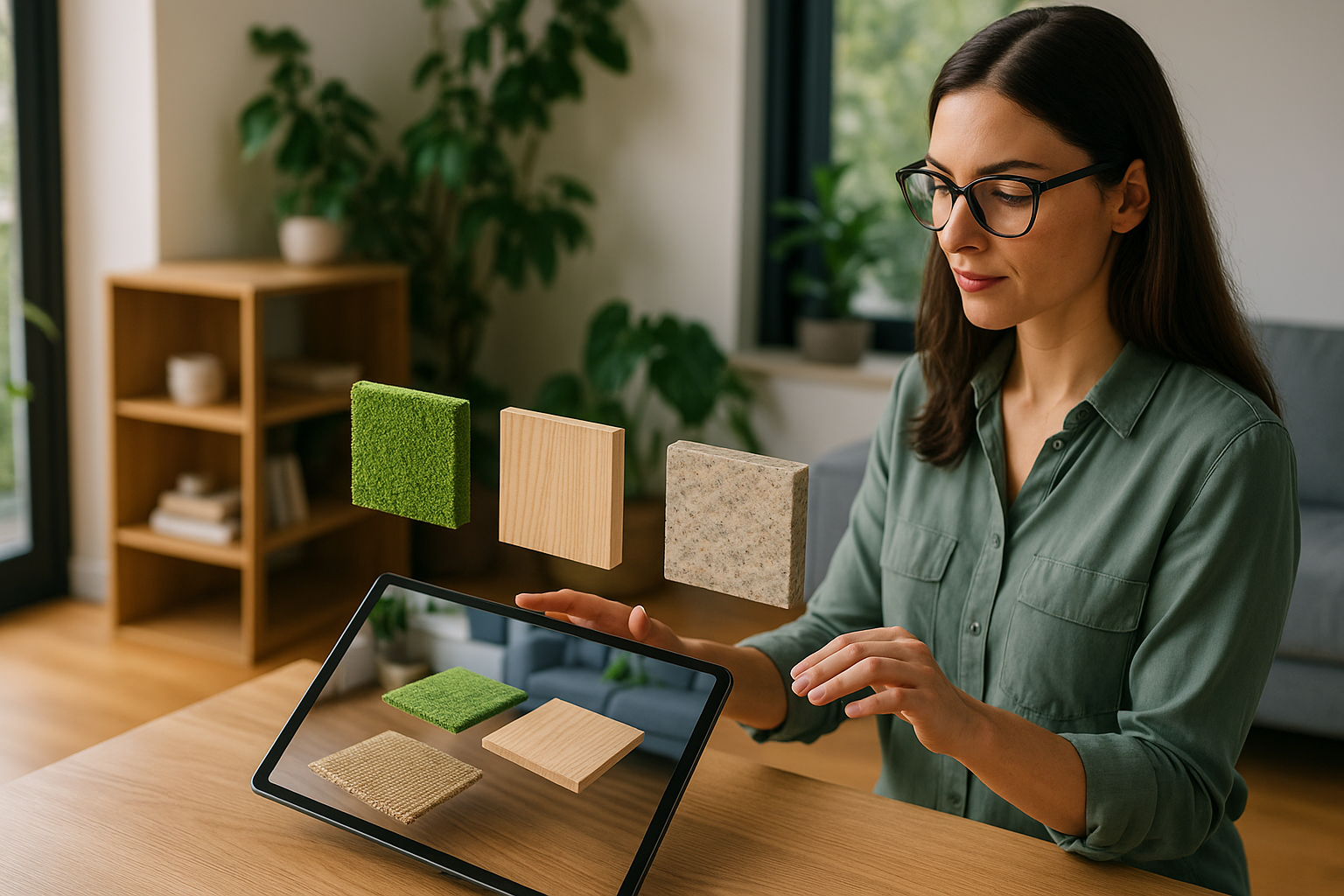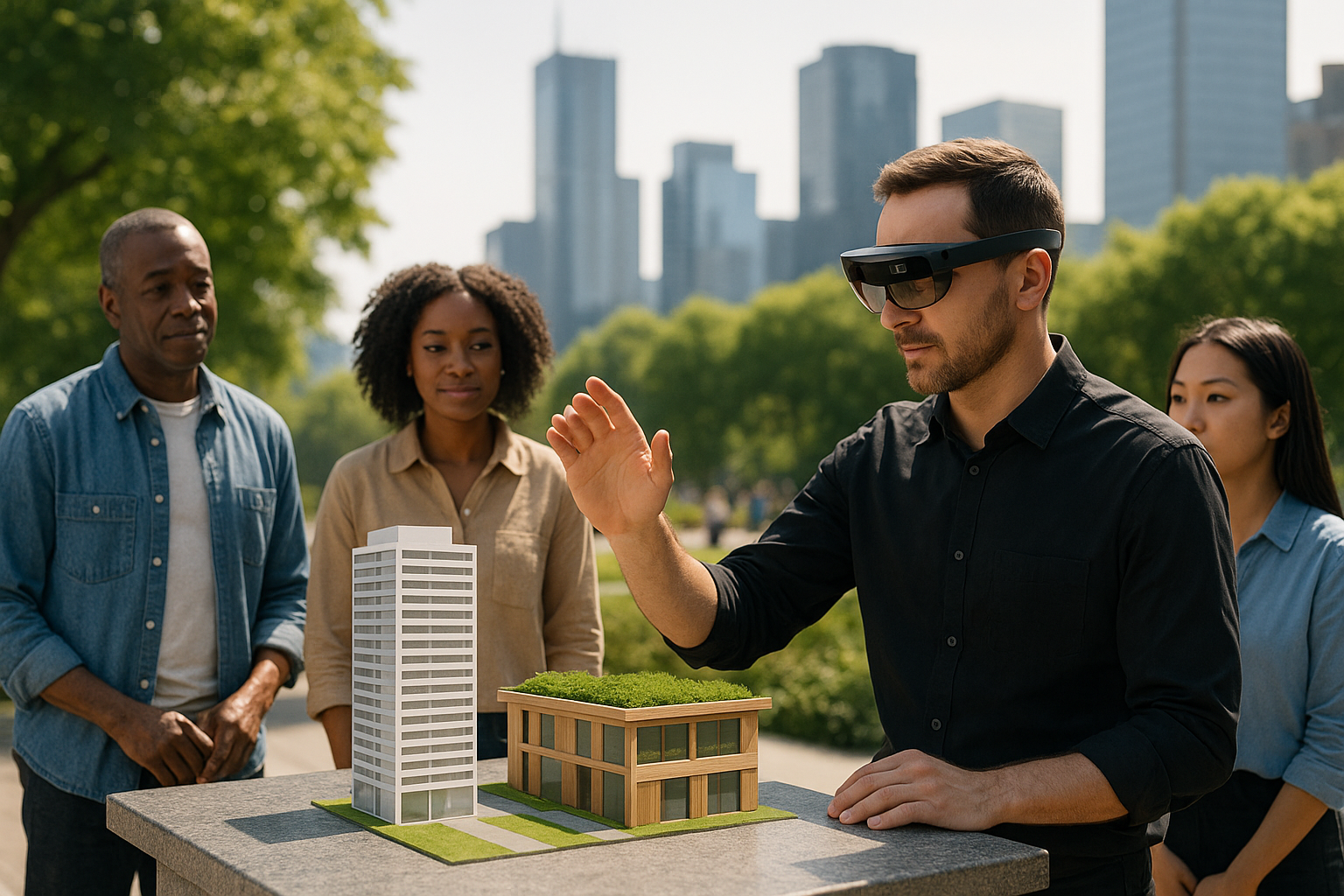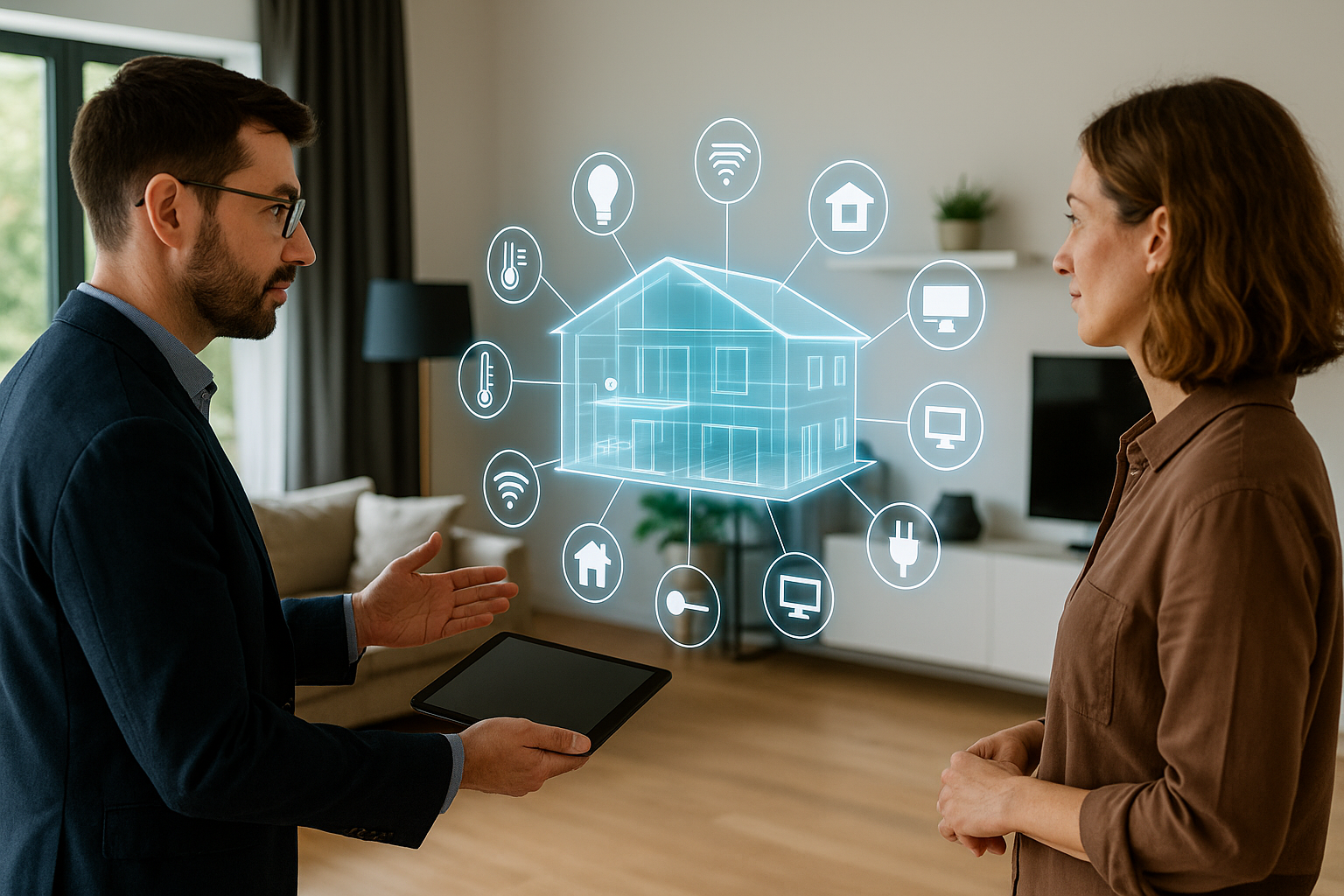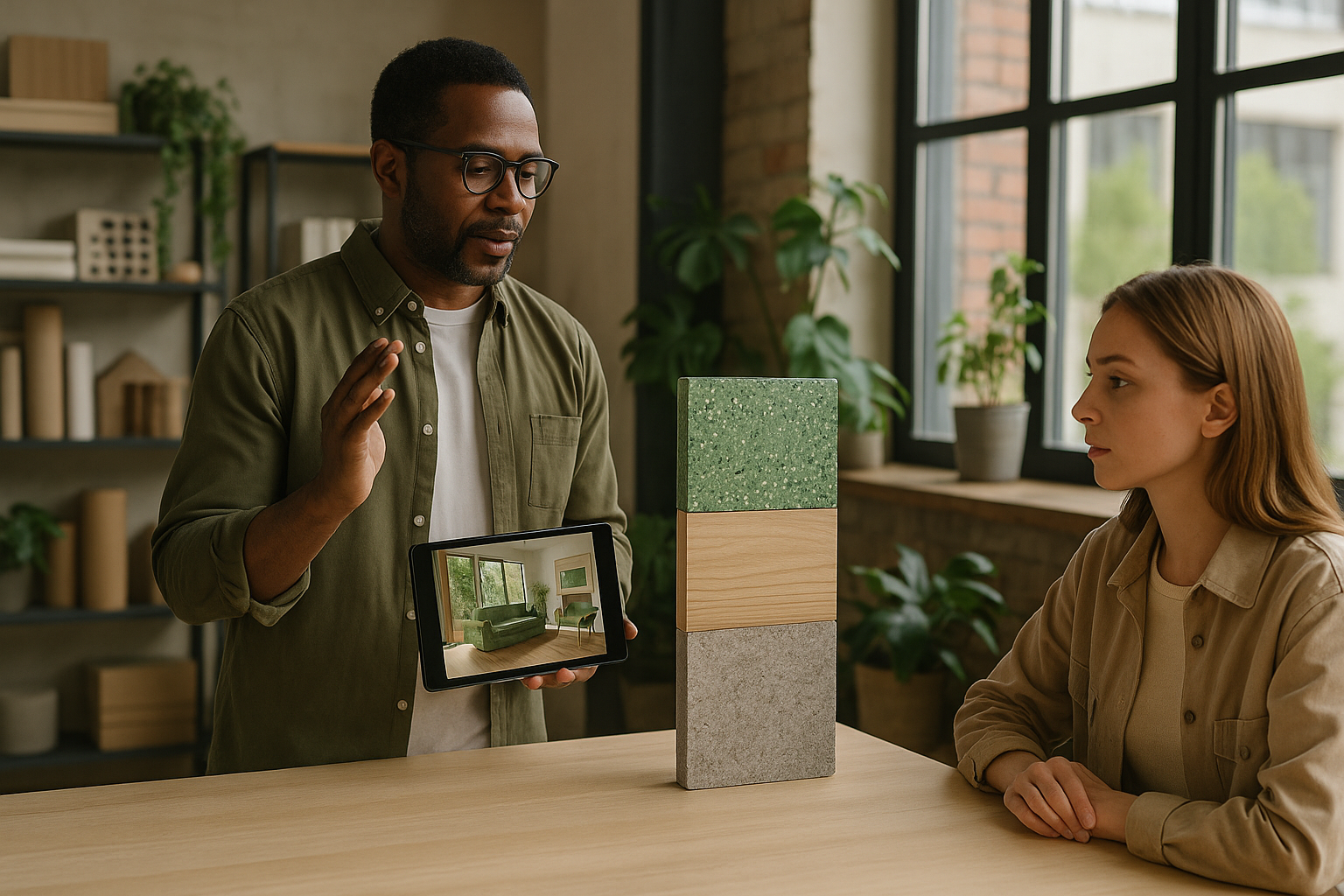As environmental awareness grows, eco-friendly interior design has become more than a trend—it’s a necessity. Architects and designers are reimagining interior spaces to minimize environmental impact while maximizing wellness, comfort, and style. In this transformation, augmented reality (AR) has emerged as a game-changing tool that helps professionals visualize sustainable choices, communicate ideas effectively, and empower clients to participate in creating greener living and wo…
Why Eco-Friendly Interior Design Matters
Interior spaces have a direct impact on both environmental health and personal wellbeing. From the materials used in flooring and paint to lighting systems and furniture, each element contributes to a building’s carbon footprint. Eco-friendly design prioritizes:
- Low-VOC (volatile organic compound) materials for cleaner air quality
- Recycled and renewable materials to reduce landfill waste
- Energy-efficient lighting and smart systems to lower consumption
- Local sourcing to cut transportation emissions
- Biophilic design for connection to nature and stress reduction
Yet despite its benefits, sustainable design can be difficult to convey—especially when clients can’t visualize how eco-friendly products will look or perform. That’s where AR transforms the process.
AR Brings Sustainable Interiors to Life
1. Material Selection with Confidence
AR tools allow designers to superimpose different eco-friendly materials onto real environments using a smartphone or tablet. Clients can instantly see the difference between, for example, bamboo vs. oak flooring, or cork wall tiles vs. gypsum board—all with lifelike textures and lighting.
This realistic visualization reduces decision fatigue and improves trust in sustainable options, especially for clients used to traditional finishes.
2. Lifecycle Awareness and Comparison
Some AR platforms (like AUGmentecture) allow designers to embed lifecycle data into material visualizations. This means a client can not only see what a reclaimed wood table looks like, but also understand its carbon footprint, energy use, and end-of-life recyclability—right in the app.
By making sustainability data visible and interactive, AR helps clients make choices aligned with their values and budget.
3. Furniture and Layout Optimization
AR also supports spatial planning with sustainable goals. Designers can test different furniture layouts for natural light exposure, air flow, and ergonomics—all key to wellness-focused interiors. Using AR overlays, they can evaluate:
- How furniture affects airflow and passive cooling
- Whether natural light is maximized throughout the day
- How space can accommodate future flexibility or reuse
This reduces unnecessary purchases, material waste, and costly redesigns.
AR Supports Sustainable Collaboration
Eco-friendly interior design isn’t just about what you specify—it’s about how decisions are made. AR enhances collaboration between clients, designers, engineers, and contractors. All stakeholders can visualize the same interior at the same time, whether on-site or remotely.
During remote design reviews, AR models can show side-by-side comparisons of eco-friendly vs. traditional designs. This visual clarity makes it easier to advocate for green alternatives without overwhelming technical jargon or flat drawings.
Real-World Example: Green Office Redesign with AR
A commercial interior designer in Amsterdam recently used AR to guide the redesign of a co-working space. Using AR overlays, she showed stakeholders options for:
- Modular furniture made from recycled ocean plastics
- Smart lighting that adapts to daylight levels
- Wool acoustic panels sourced from local farms
By allowing users to “walk through” each option virtually, the team chose the most sustainable layout and materials without a single physical prototype. The result: a carbon-neutral office that won a local green design award.
Reducing Waste and Rework
One of the hidden environmental costs in interior design is rework—changes made after construction or installation due to misunderstandings, misalignment, or dissatisfaction. AR drastically reduces this risk by providing immersive previews of every design detail.
Whether it’s testing how a color palette feels under different lighting conditions or visualizing space usage for a hybrid office, AR helps get it right the first time.
The Role of Platforms Like AUGmentecture
AUGmentecture makes this process accessible by allowing users to upload 3D models and view them in real environments without technical hurdles. Designers can tag features with eco-data, adjust models in real time, and share immersive experiences across devices. This democratizes sustainable design and makes AR a practical tool—not just a high-tech gimmick.
What’s Next: AR Meets AI in Green Interiors
Looking forward, we’ll see AR combine with AI to automatically recommend sustainable choices. Imagine pointing your phone at a space and receiving suggestions like:
- “Replace current rug with a jute option from a certified supplier.”
- “Switch to a bamboo surface for 80% less embodied carbon.”
- “This room’s lighting can be reduced by 30% with a skylight.”
This synergy will accelerate the shift toward eco-conscious interiors by making good choices not only visible—but automatic.
Conclusion
Eco-friendly interior design is no longer just about aesthetics or trends—it’s about making responsible decisions for our health and the planet. Augmented reality offers a powerful bridge between sustainable intention and actionable design. By making materials tangible, data visual, and collaboration seamless, AR is helping designers bring the greenest version of their vision to life.
At AUGmentecture, we believe that the future of design is immersive, intelligent, and sustainable. Whether you’re redesigning a home, an office, or a public space, AR can help you build better—for people and for the planet.




